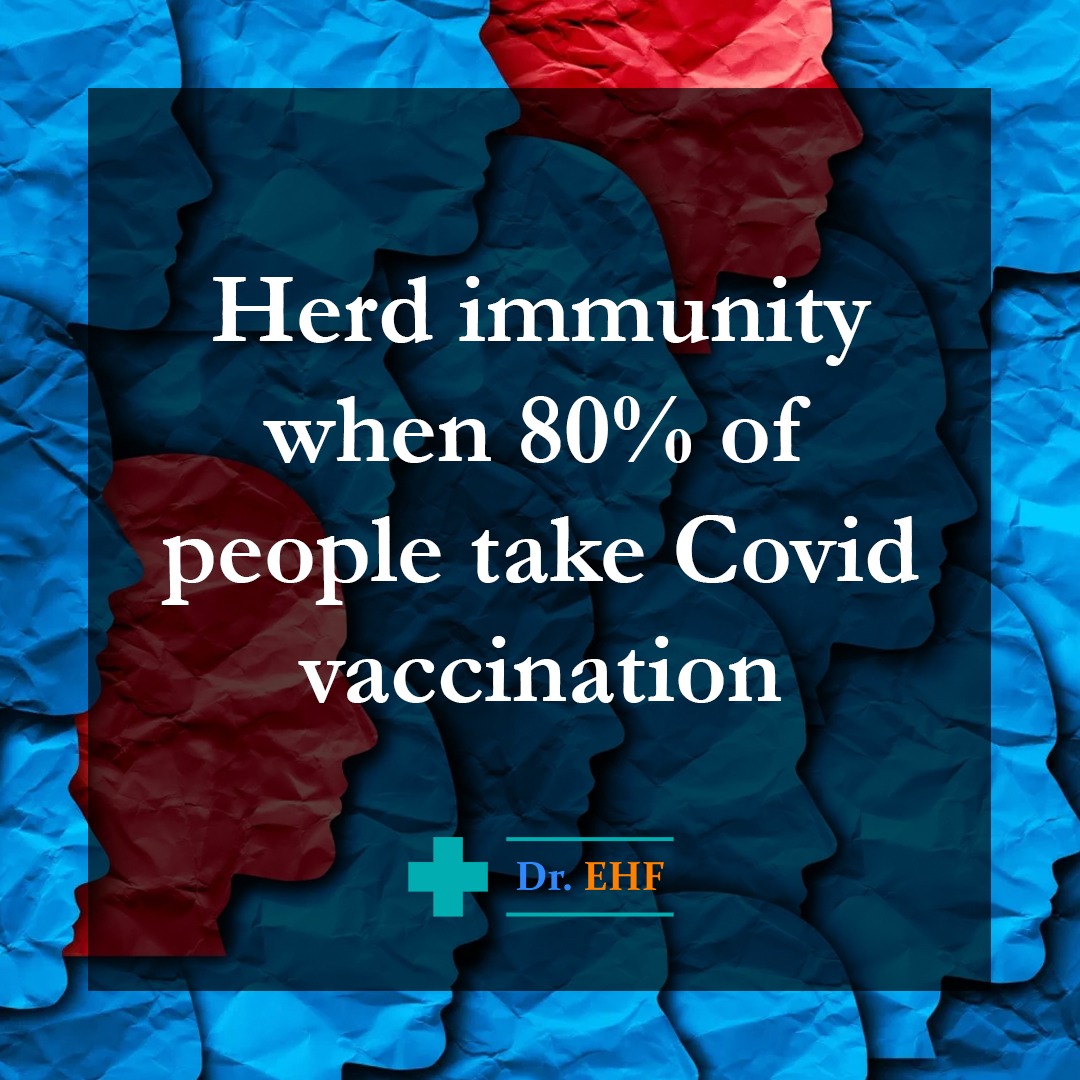This article was written by L S F Frederiksen, from Dept. of Pharmacy, Faculty of Health and Medical sciences, University of Copenhagen, Denmark; and Department of Pharmaceutics, School of Pharmacy, Jiangou University, Zhenjiang, China.
The need for an urgent and effective way to arrest the spread of Corona Virus Disease (COVID- 19) is more than just a necessity. Getting Herd Immunity by mass vaccination is one of the most successful ways of preventing spread of this disease, especially for senior citizens, who are also having diseases like diabetes, heart problems, etc.
Hence vaccination is one of the most effective ways to stop spreading of this disease.
Since development and human trials of vaccines takes time, its effect may not be very clear in the present wave of COVID-19 infection. However, its role in future could be helpful to attain Herd Immunity in the population.
Coronavirus was first detected in December 2019, in Wuhan, China and then quickly spread throughout the world due to its high rate of mobility.
Symptoms of COVID-19 include, mild fever, cough, shortness of breath, etc. however, in certain patients the disease gradually develops into severe lung infection, with failure of important organs like heart, brain, etc. mainly in elder patients.
WHO declared COVID-19 as a public health emergency and as of now, there is no medical treatment available for curing this disease; only preventive treatment is by vaccination. Apart from prevention of the virus, vaccination can also create a population of Herd Immunity, by which say, 80 percent of the vaccinated population
Creates a situation where unvaccinated elders or patients with diseases are exempted from the attack of this virus for the majority of such patients. Hence creating a herd immunity by mass vaccination is a very useful and powerful way to contain the spread of COVID-19 pandemic. From its structure, it appears that this virus has a high mutation rate, ie, it keeps on changing its structure frequently and hence it is difficult to design a vaccine which can block it permanently.
Spreading of this virus is by sneezing and coughing droplets and also by contact transmission from human to human, whereas active virus spreading takes place in the windpipe. Hence, hand sanitization and wearing masks are two important ways to prevent spreading of the virus. Since the virus has also been detected in Faeces and urine swabs, the importance of hand hygiene is extremely important.
The stability of COVID-19 has also been investigated. It was found that the virus remains active in aerosols for several hours and even for days on certain surfaces. Both transmission of virus and duplication has also been detected in upper respiratory tract secretions.
The symptoms of COVID-19 normally appears on the 5th or 6th day and may continue upto around 14 days, depending upon the age and body immunity of the patient.
Vaccine manufacture and development in sufficient doses, so as to achieve herd immunity, is the most challenging task of all. Since many types of vaccines are under development, eg, Live attenuated vaccine, Subunit vaccine, Non replicating vaccine, Viral vector vaccine, DNA vaccine and RNA vaccine; the immediate aim of the medical community is to develop safe and efficacious vaccines to prevent further spread of COVID-19.
Compiled from various international research journals available at google scholar by D. Mukherjee having 38 years of pharmaceutical (Cardiac, Diabetic, Neurology, Pain & Inflammation products) experience with a Swiss Multinational Company NOVARTIS and edited by Dr Sandeep Ahlawat, MBBS
